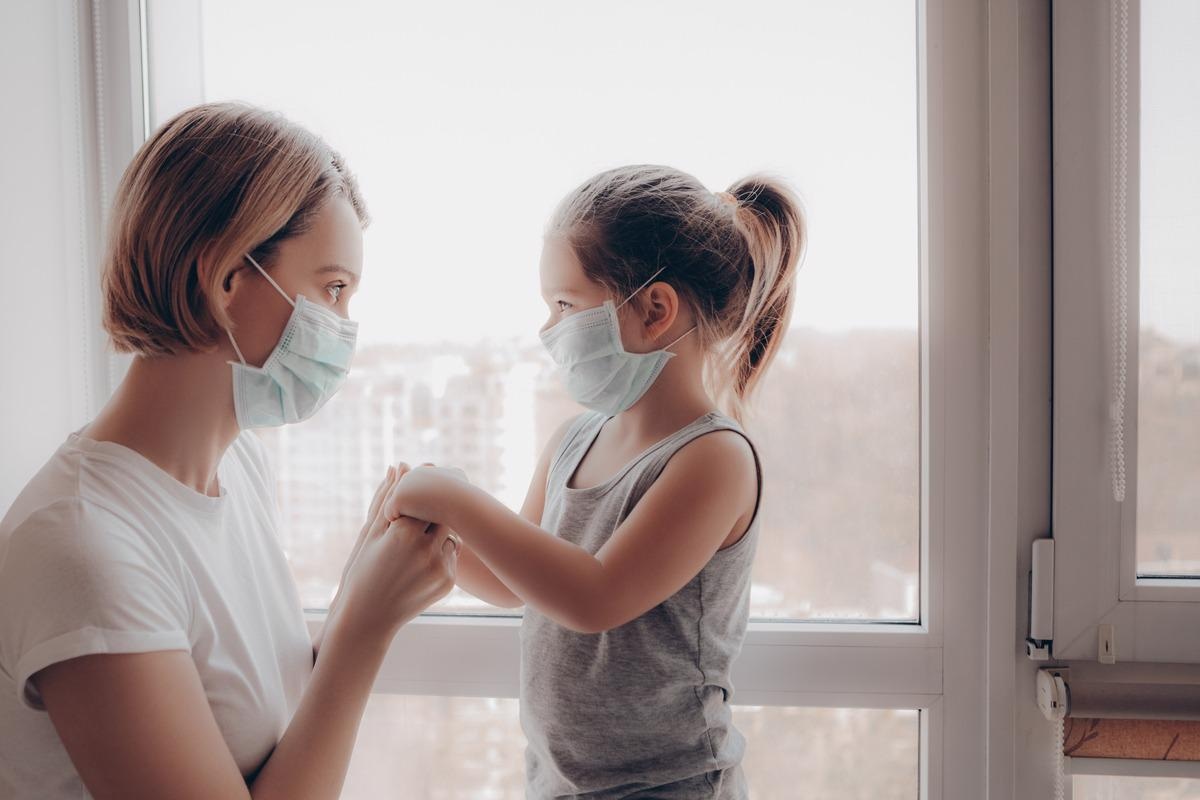The severe acute respiratory syndrome coronavirus 2 (SARS-CoV-2) is not the first coronavirus mankind has encountered. From the 2003 severe acute respiratory syndrome coronavirus (SARS) and the 2012 Middle East respiratory syndrome (MERS) outbreak in the Middle East scientists have been able to analyze past epidemics to predict the circulation and severity of the SARS-CoV-2 pandemic.
 Study: Estimating the duration of seropositivity of human seasonal coronaviruses using seroprevalence studies. Image Credit: L Julia/Shutterstock
Study: Estimating the duration of seropositivity of human seasonal coronaviruses using seroprevalence studies. Image Credit: L Julia/Shutterstock
Currently, there is limited evidence on the lasting immunity against SARS-CoV-2. Vaccine research has pointed to waning immunity after 6 months, suggesting the need for booster shots. As SARS-CoV-2 is expected to become endemic in many areas worldwide, understanding how long antibody protection lasts is necessary for predicting future transmission patterns.
The study results showed that antibody levels wane over time. Antibody protection is estimated to last for nine months to 3.8 years, but younger children are less susceptible to reinfection than older adults. By age 10, more than 75% of the population should expect four or more seasonal coronavirus infections.
The researchers write:
This suggests individuals in settings with endemic HCoVs accumulate multiple infections over the course of their lifetime, punctuated by periods of waning seropositivity against circulating viruses.”
Model to determine antibody persistence in seasonal coronaviruses
The research team conducted a literature review looking into the estimated human seroprevalence — the percentage of people with antibodies from a virus — for four human coronavirus strains including 229E, HKU1, NL63, and OC43.
They then constructed an age-structured reversed catalytic model to determine how long antibodies targeting seasonal coronaviruses last. The model followed individuals from birth with the assumption that there is a similar rate that susceptible individuals acquire infection initially excluding other factors such as age and time of year. The model also assumed that an individual’s immunity would decrease over time. Additionally, the mortality rate for infected individuals is the same.
The model was used to calculate the risk of reinfection as children and as young adults. The age cutoff was 20.
Reinfection risk in young adults
The estimated level of protection against seasonal coronaviruses ranged from nine months to 3.8 years. A similar estimate of seropositivity was seen by strain as well, indicating that antibody levels for coronaviruses wane over time.
While the study model assumed that waning immunity occurred at the same rate, results showed that young adults and children over 8.5 years have a greater risk of reinfection than others.
Excluding infants 1-year-old and younger, the duration of antibody protection for several seasonal coronavirus strains ranged from 1.80 to 5.26 years. A simulated scenario was created to model seropositivity for adults at age 30. The rate of reinfection was almost twice as high in the older age group.
When the researchers pooled together their estimates across all ages, they estimated that by 2 years, over 50% of the population will have had at least one seasonal coronavirus infection. And by age 10, more than 75% of the population will have had more than 4 infections.
Reinfection risk in young children
There is limited evidence on the rate of reinfection in young children for seasonal coronaviruses compared to influenza that has a 63% estimated risk. The researchers predicted that the rate of reinfection would be lower than influenzas. Indeed, the risk of reinfection was lower in young children younger than 8.5 years.
However, when they tested the model on infants less than 1-year-old, they found a short duration antibody protection and a higher risk of reinfection. While more research is needed, the researchers suggest maternally derived immunity is needed to offset the limited antibody protection for young infants.
Study limitations
One limitation is the differences in seroprevalence surveys. Seroprevalence surveys took place in four countries, including the United States, China, and Germany at different time points ranging from 1965 to 2011. How seroprevalences surveys were conducted may have differed because of social structure and contact patterns.
Another limitation is that the researchers did not consider potential cross-protection between seasonal coronavirus strains. Additionally, the time of year could affect the likelihood of infection because some seasonal coronaviruses are more prevalent in winters over summer.
Despite these limitations, the duration of immunity estimated in this study is in line with literature estimates, suggesting the age-varying reverse catalytic model was able to capture overall dynamics.”